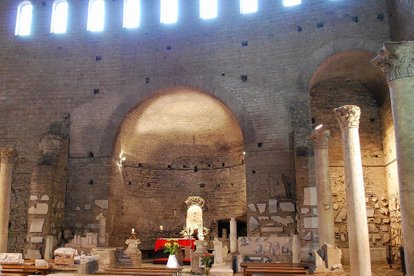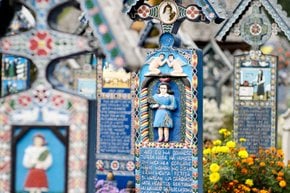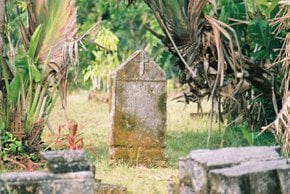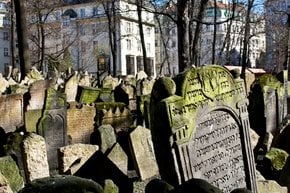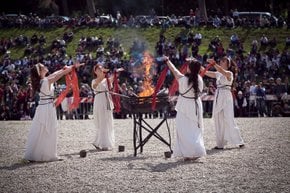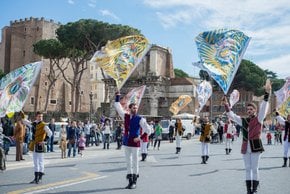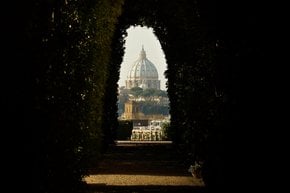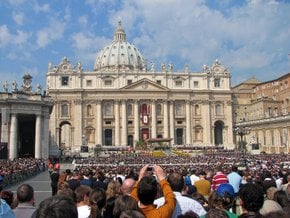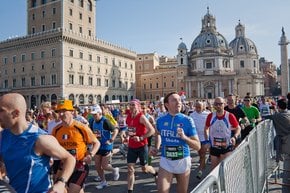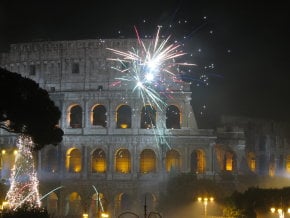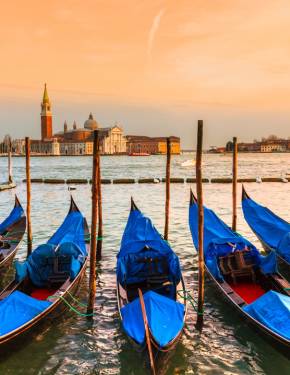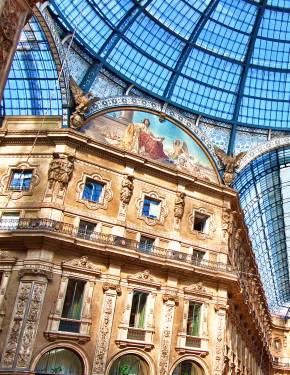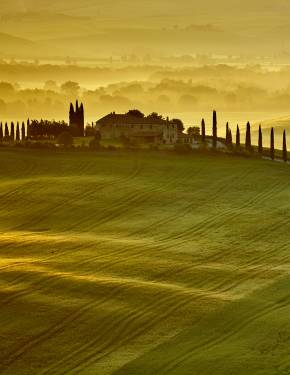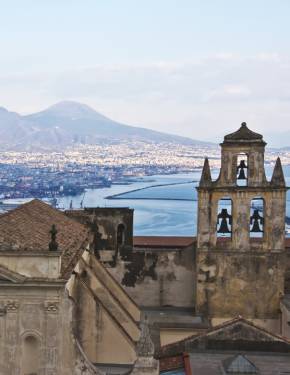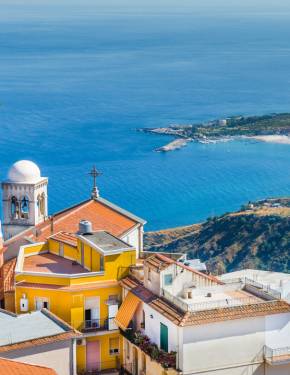Roman Catacombs Offseason in Rome 2025-2026
A part of Rome's dark history lies deep underground in its catacombs and crypts
Best time: November–April
Rome's catacombs were an invaluable refuge for the first Christians who used them to hide from their persecutors. There they secretly held masses and buried the dead. Times have changed, and modern Christians may pray in majestic towering churches. However, the catacombs are still there, hidden deep underground, and contain hundreds of thousands of burial tombs—many of which hold the ashes of the first saints and martyrs. Crypt and catacomb tours offer some insight into this epic part of Roman history which is engraved on the walls. A fascinating feature of these tunnels is their stable temperature both in summer and winter. During winter though the tunnels are less crowded so it's better to pick low season from November to April for your visit.

